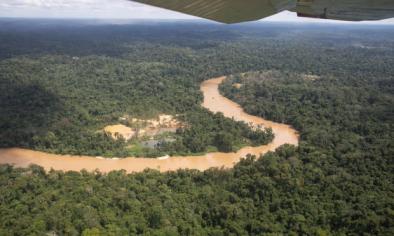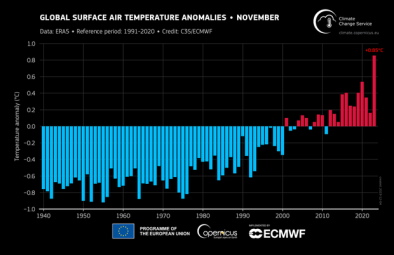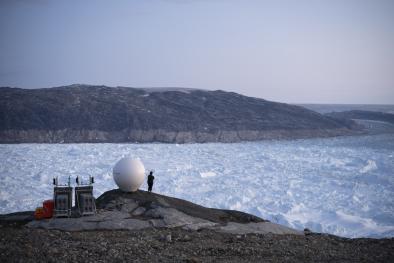Science Source
Climate change, impacts and vulnerability in Europe 2016
This report is an indicator-based assessment of past and projected climate change and its impacts on ecosystems and society. It also looks at society’s vulnerability to these impacts and at the development of adaptation policies and the underlying knowledge base. This is the fourth ‘Climate change, impacts and vulnerability in Europe’ report, which is published every four years. This edition aims to support the implementation and review process of the 2013 EU Adaptation Strategy, which is foreseen for 2018, and the development of national and transnational adaptation strategies and plans.
Humans have significantly changed the climate and increased the magnitude of many extreme weather events
- Climate change is continuing globally and in Europe. Land and sea temperatures are increasing; precipitation patterns are changing, generally making wet regions in Europe wetter, particularly in winter, and dry regions drier, particularly in summer; sea ice extent, glacier volume and snow cover are decreasing; sea levels are rising; and climate-related extremes such as heat waves, heavy precipitation and droughts are increasing in frequency and intensity in many regions.
- New record levels of some climatic variables have been established in recent years, notably global and European temperature in 2014 and again in 2015, global sea level in 2015 and winter Arctic sea ice extent in 2016. Some climatic changes have accelerated in recent decades, such as global sea level rise and the decline of the polar ice sheets.
- Global climate change has substantially increased the probability of various recent extreme weather and climate events in Europe. The reliability of this finding has been strengthened by recent progress in extreme weather attribution techniques.
- Climate change will continue for many decades to come. Improved climate projections provide further evidence that future climate change will increase climate-related extremes (e.g. heat waves, heavy precipitation, droughts, top wind speeds and storm surges) in many European regions.
Climate change has wide-ranging impacts on ecosystems, economic sectors and human health
- The observed changes in climate are already having wide-ranging impacts on ecosystems, economic sectors and human health and well-being in Europe. Recent studies show that various observed changes in the environment and society, such as changes in forest species, the establishment of invasive alien species and disease outbreaks, have been caused or enhanced by global climate change.
- Ecosystems and protected areas are under pressure from climate change and other stressors, such as land use change. The observed impacts of climate change are a threat to biodiversity in Europe, but they also affect forestry, fishery, agriculture and human health. In response to climate change, many land-based animal and plant species are changing their life cycles and are migrating northwards and to higher altitudes; regional extinctions have been observed; various invasive alien species have established themselves or have expanded their range; and various marine species, including commercially important fish stocks, are migrating northwards.
Related Content
Headline

Feb 15, 2024 | Climate Nexus Hot News
Amazon Could Reach Tipping Point By Midcentury
Headline

Jan 16, 2024 | Climate Nexus Hot News
2023 Smashes Hottest Year Record
Headline

Dec 7, 2023 | Climate Nexus Hot News
It’s Official - 2023 Is World's The Hottest Year On Record
Headline

Dec 7, 2023 | Climate Nexus Hot News
Earth Veering Closer To Dangerous Tipping Points


